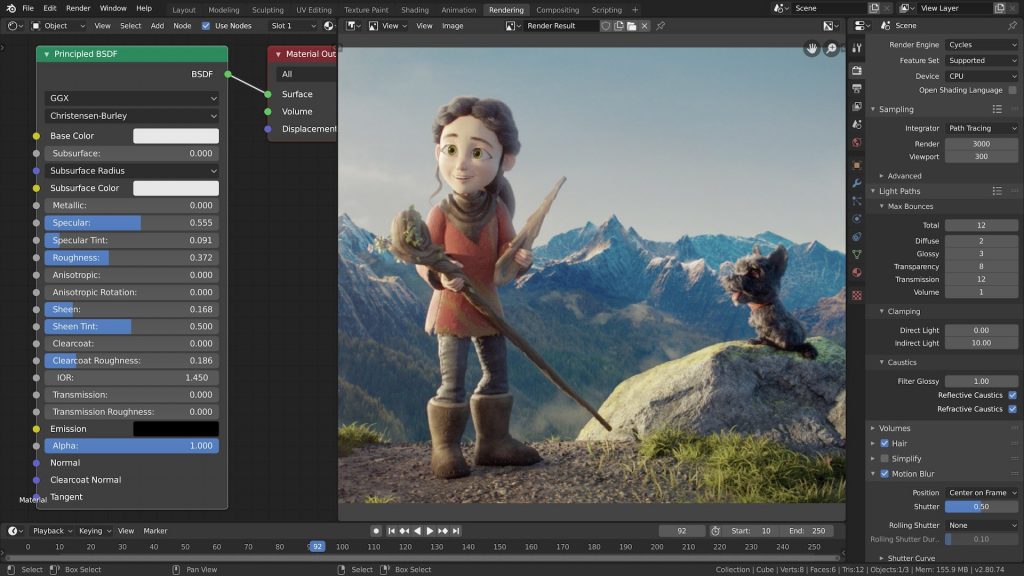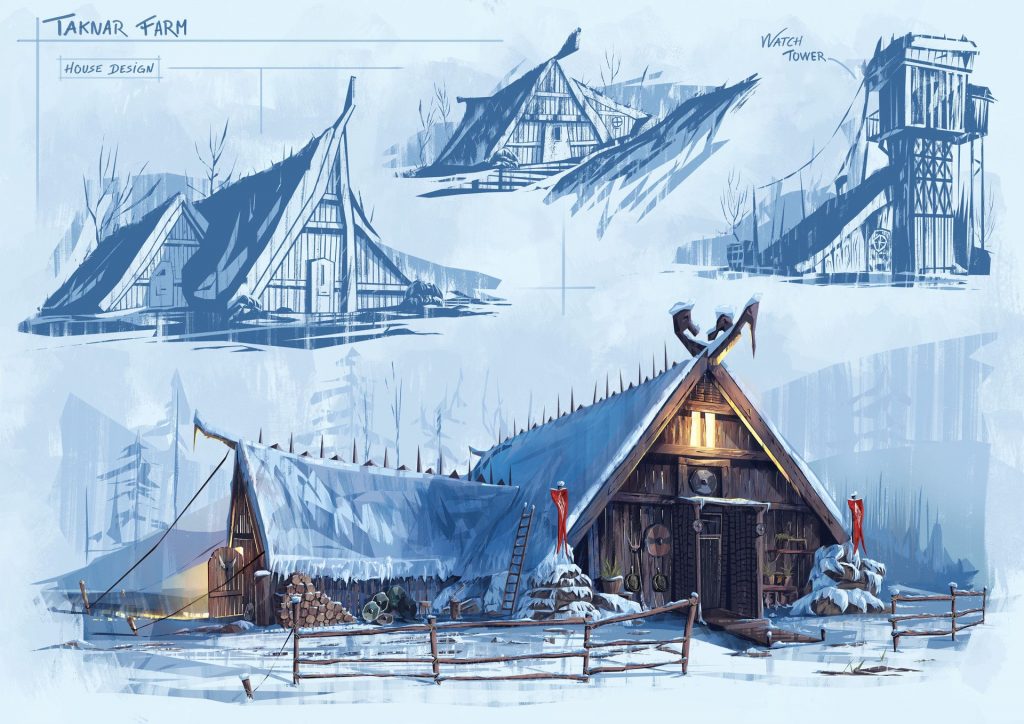Class Hours: 9:40 – 2:05
Mr. Cronin
Notes
- Tuesday – last day of August!
- I am sure there is a mathematical equation that explains this.
- If you look closely you can just barely see the cut – it seems to be more about the lighting than the form that breaks the loop.
- I just spin them around, but this is cooler.
9:40 Attendance and Article
9:45 Blender

- Edit modes / Object modes (dropdown vs. tab)
- Assigning materials to different faces / polygons
- Joining
- Snap / Temporary snap
- Number pad Viewport Controls
- Subdivision / Rubik’s Cube?
10:35 Morning Outside Break (10 minutes)

- 10 Minutes outside / just out our door.
- Throw the Frisbee, toss the football, kick the kickball, or just get some Vitamin D and not be at a desk.
10:45 Class Critiques

During Class Critiques we will see the work that you have done, and we will be giving and receiving Constructive Criticism.
Constructive Criticism is a helpful way of giving feedback that provides specific, actionable suggestions. Rather than providing general advice, constructive criticism gives specific recommendations on how to make positive improvements. Constructive Criticism is clear, to the point and easy to put into action.
Some initially take offense at any Constructive Criticism. This is something we all (myself included) need to work on. Our reactions need to change from defensive as a default, to an ability to hear another perspective. We don’t need to agree with an individuals Constructive Criticism, but if the suggestion is reasonable, logical, and echoed by others, it may be something to listen to.
Constructive Criticism (when done well – our goal) also allows us to separate the design from the designer. There will always be coworkers / classmates you don’t love / gel with / like, but you can still have a professional working relationship. If you follow the recipe for successful Constructive Criticism above, you can be an effective professional in almost any situation.
Starting next week there will be a student per Critique session that give Constructive Criticism. This will give you the chance to practice and industry standard activity. This week I will model Constructive Criticism.
Today we will complete our presentations for the week.
11:35 Google Drive Setup

- Installing / Setting up Drive with our EWSD accounts.
- Getting pinned to Quick access.
- File Migration
- The Magic.
11:50 Week 2 CAWD Project: The Farm

This week our main project is “The Farm”. Using your skills in Blender create a Farm scene. This could be used for animation, a game level, or a static image.
While we work this week we will learn new tools and techniques which you can add to your creation.
You will receive parts of Tuesday, Wednesday, Thursday, and Friday mornings to work on this. You also can use PM Production time as well. If you can’t finish during these windows of time, please finish over the weekend as homework.
By the start of class on Tuesday, September 7th (remember – 3 day weekend) you need to have 3 renders created of your Farm scene at 720p. Use different angles to show off the work you put into your farm, but also to make it feel like a real structure. At least one of your renders should be from roughly 6 feet in height, creating the illusion that we are a human existing in this 3D environment.
- “(lastName)Farm_1.jpg” through “(lastName)Farm_3.jpg”
Start by saving your blender file to a “week_02″ folder, and save often!
Step 1 – Group created Concept Art Pre-production

This morning we will start by creating some Concept Art for our Farms.
Concept Art is a form of visual art used to convey an idea for use in films, video games, animation, comic books, or other media before it is put into the final product. Concept Art falls between the initial idea for a project (such as an animated film or video game) and the final product. A concept artist takes the initial idea for an element of the project—like a character, weapon, vehicle, building, or location—and creates a design for it, creates the visual aesthetic.
Groups:
- Adams / Blow
- Bevins / Murray
- Mathiowetz / Fasching
- Gelineau / Dahal
- Cincotta / Spofford
- Sample / Martinez
- DeCell / O’Neal
- Lamotte / Noble
- Postlewaite / Connolly
- Bright / Watson
- To / Van Ornum
Get with your partner. Introduce yourself. Snag a piece of paper from the depots. Elect one person to be the artist. Fill the page with different pieces of concept art that could go in your scene.
Sign and date in the bottom right corner, both partners names. Signatures have to be legible (to humans) or you have to redo.
At lunch I am going to college and hang your work up on the front board so we get some inspiration to work from. make sure you are proud of your work. Your work will represent you in our industry. Nobody cares about your sense of humor, or height, or that you can ollie a skateboard. What do you do?
12:15 Lunch (30 Minutes)

- No food in the room / eat in the Cafe.
- You are welcome to return to the room when you have finished eating and work / hang out.
12:45 Attendance and Article
12:50 Guided Practice

1:10 Afternoon Outside Break (10 minutes)

- 10 Minutes outside / just out our door.
- Throw the Frisbee, toss the football, kick the kickball, or just get some Vitamin D and not be at a desk.
1:20 Afternoon Production

You now know all the projects which will presented to the class for grade at the start of next week:
- CAWD Project – The Farm
- “(lastName)Farm_1.jpg” through “(lastName)Farm_3.jpg”
- DH2 – Free Sketch
- “(lastName)DH2.jpg”
- Student Agency Project (Blender)
- “(lastName)Agency_1.jpg” through “(lastName)Agency_3.jpg”
Make progress on any of them / ask questions / work on CAWD English.
1:55 Dailies

2:00 Dismissal
